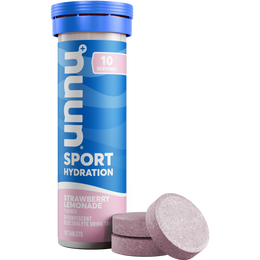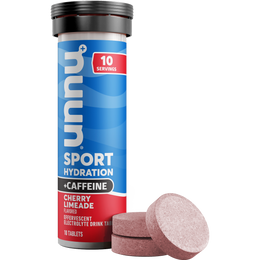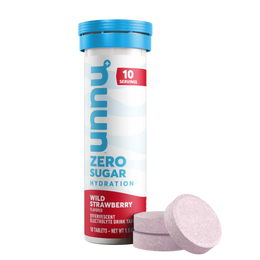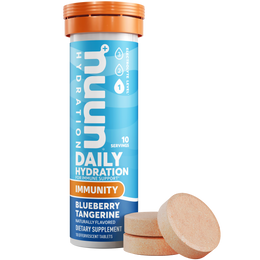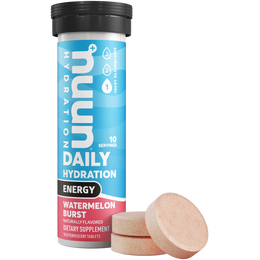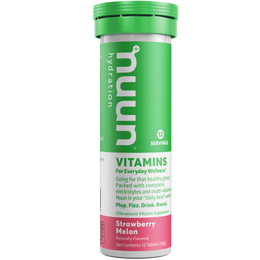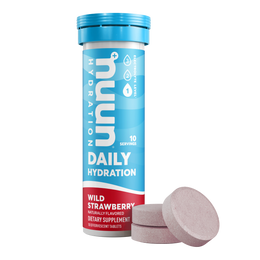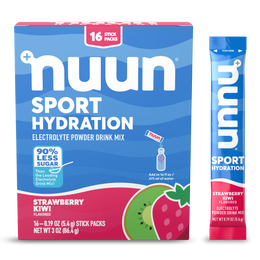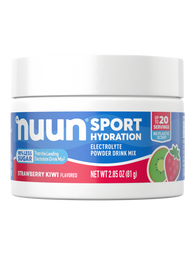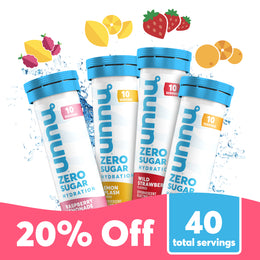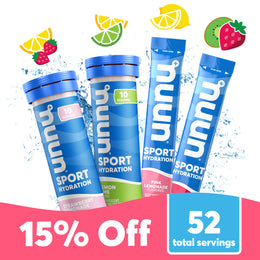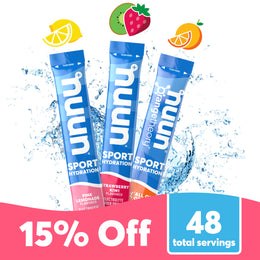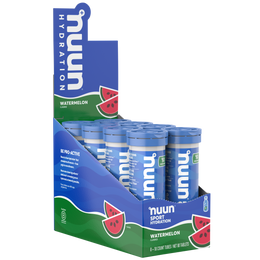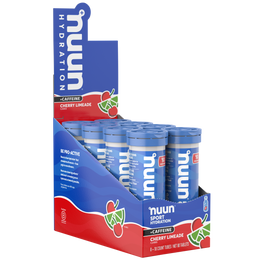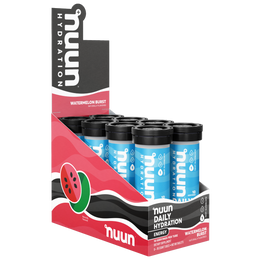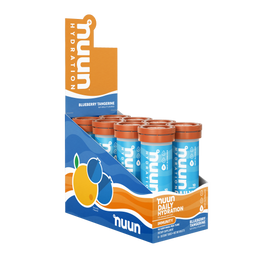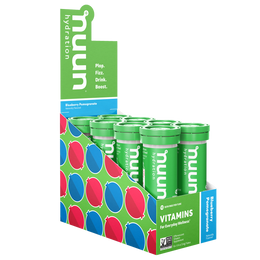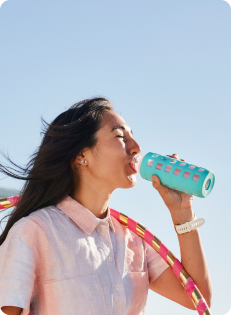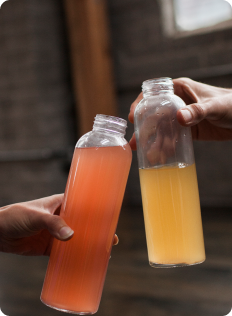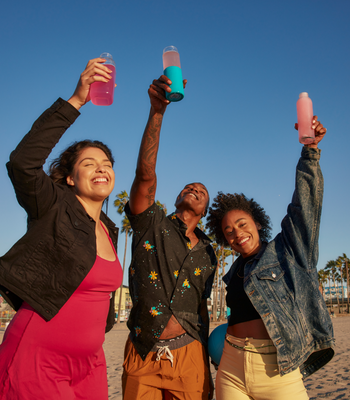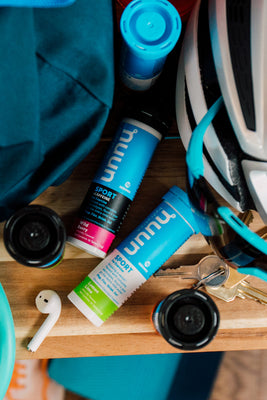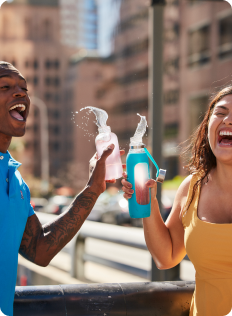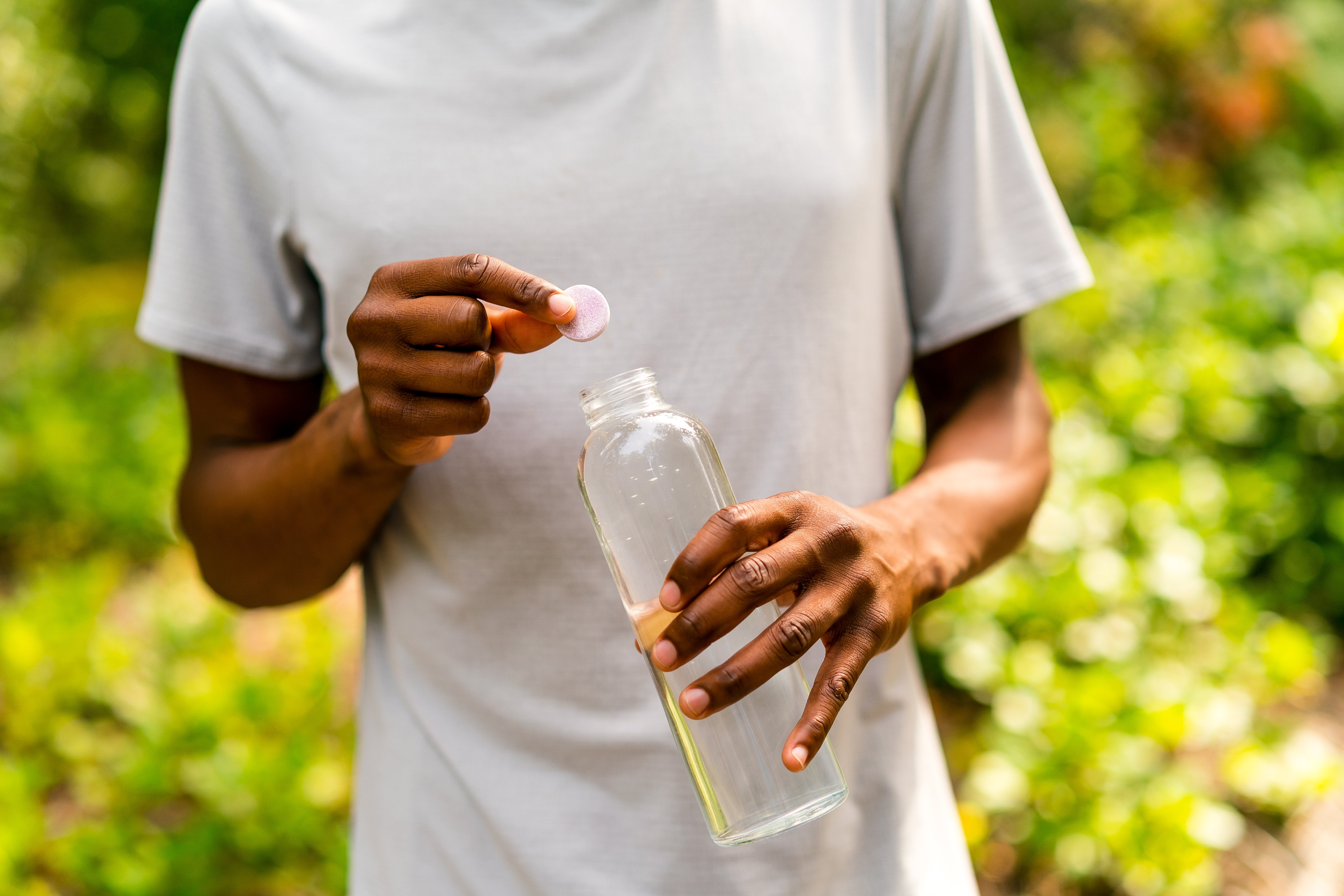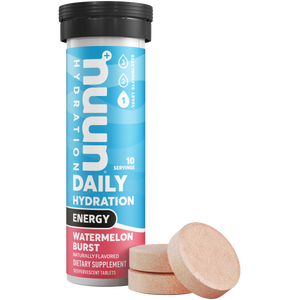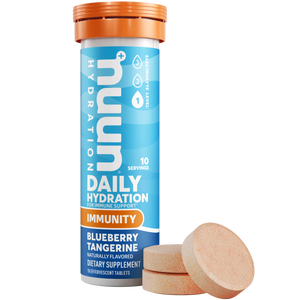Electrolyte Balance

By: Vishal Patel,
Chief Nutritionist
We all know that some of the keys to hydration are: water and electrolytes. But do we really know how each of these nutrients work together to make sure you’re staying healthy and hydrated? Fluid and electrolytes levels in the body are constantly changing, you lose water and electrolytes in more ways than you think. For instance, not many people realize that through respiration (breathing via moist air being exhaled) you actually lose quite a bit of fluids (over a day’s period, even more if exercising). Through the simple act of breathing, your body can exhale an average of 20 grams of water vapor, which translates to about 400ml of fluid loss (note: these are averages, and individual results may vary). Therefore, staying hydrated not only involves drinking water, but it also involves, consuming balanced electrolytes through fluids and food, and monitoring your hydration status.
The first key piece of electrolyte balance we will focus on is fluids, because without fluids you essentially take hydration out of the question. Generally, when exercising, you want to replace upwards of half of what your losing through sweat with a small buffer. That will allow your body to replenish key losses, without overdoing it. And when you are not exercising, daily hydration needs to be top focus. Males need to consume upwards to 3.5 liters per day, and women should aim for up to 3.0 liters of fluids per day. (note: these numbers should be seen as a guideline, as each individual is different and hydration needs can vary daily.) That intake can come from both fluids and food: fruits and vegetables have a higher water percentage, so eat up!
Now, when your fluid balance is off (losing way more than you’re taking in, or just not drinking enough) dehydration can occur – which in severe cases can cause serious health issues. So make sure you’re consuming enough water throughout the day, and when exercising pay attention to replenishing what you’ve lost (during) slowly during the recovery process. Easiest way to make sure you’re drinking enough is by monitoring your urine color - aim for a pale yellow color.
We know electrolyte balance is an area that can get kind of confusing, mainly for the general nature of electrolytes. More specifically what are they and how do they react to other natural processes the body goes through?
What are electrolytes?
Electrolytes are tiny particles that carry electrical charges. They serve many roles to help the body maintain proper function. When you sweat, electrolytes play key roles in keeping water balanced both inside & outside of cells so that your muscles and organs can continue to serve you properly. One main function of electrolytes (internally) is how they help regulate the sodium/potassium pump (Na/K) which help maintain several physiologically functions, such as cell signaling/communication, cell volume, and transport, amongst others.
Now maintaining proper electrolyte balance at rest and during exercise is very different. Typically, when at rest, focusing on balanced, nutrient-dense food (lean & plant-based protein, fruits and vegetables) will help make sure you’re consuming the right amount of electrolytes.
When exercising, or immediately before and during the recovery process, you need to focus on electrolytes more to get the most out of your water. The electrolytes you want to focus on during exercise are sodium, potassium, magnesium and calcium. And although the typical diet is rich in salt (sodium chloride), you still need to consume sodium during exercise for a couple of reasons. It helps retain fluids (pulling water towards your cells), and it binds with glucose to help increase the rate of fluid delivery and absorption.
If you focus on consuming a sport drink or beverage rich in one electrolyte and not others, you risk spiking up serum levels of those electrolytes (while decreasing others) that can cause many issues. One example is beverages rich in potassium with little to no sodium. This can increase the level of potassium free-flowing in your blood so high that it becomes toxic, a condition known as hyperkalemia. And on the opposite end of the spectrum, if you consume fluids without any electrolytes or very low electrolytes, you risk diluting your stores, especially sodium (known as hyponatremia). These conditions can severely impact exercise performance, and how your body normally functions.
Both hyperkalemia and hyponatremia are cause for serious concern. And both can occur when electrolyte balance is off. It’s important to consume sport drink with a complete, balanced electrolyte profile.
In general, it is recommended to aim for (per 16 fl oz):
sodium: 350-500 mg
potassium: 100-220 mg
magnesium: 20-30 mg
calcium: 15-20 mg
